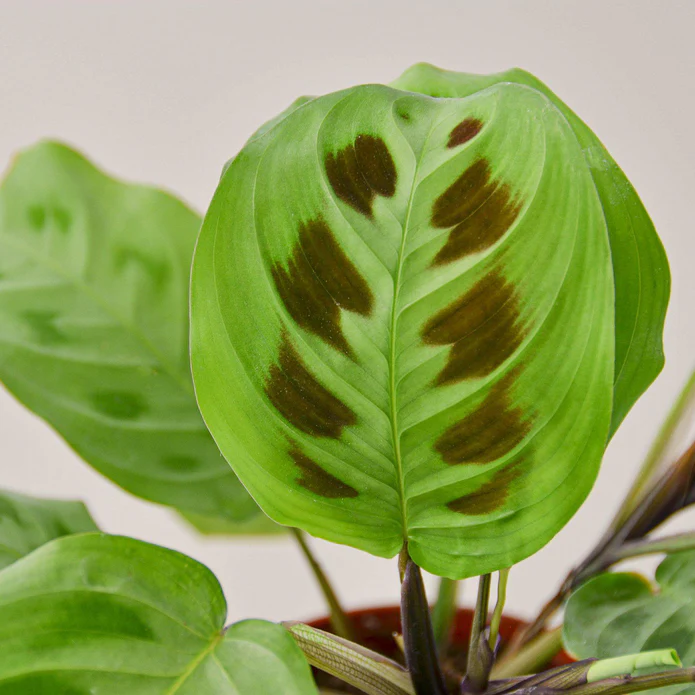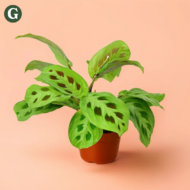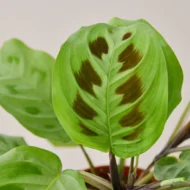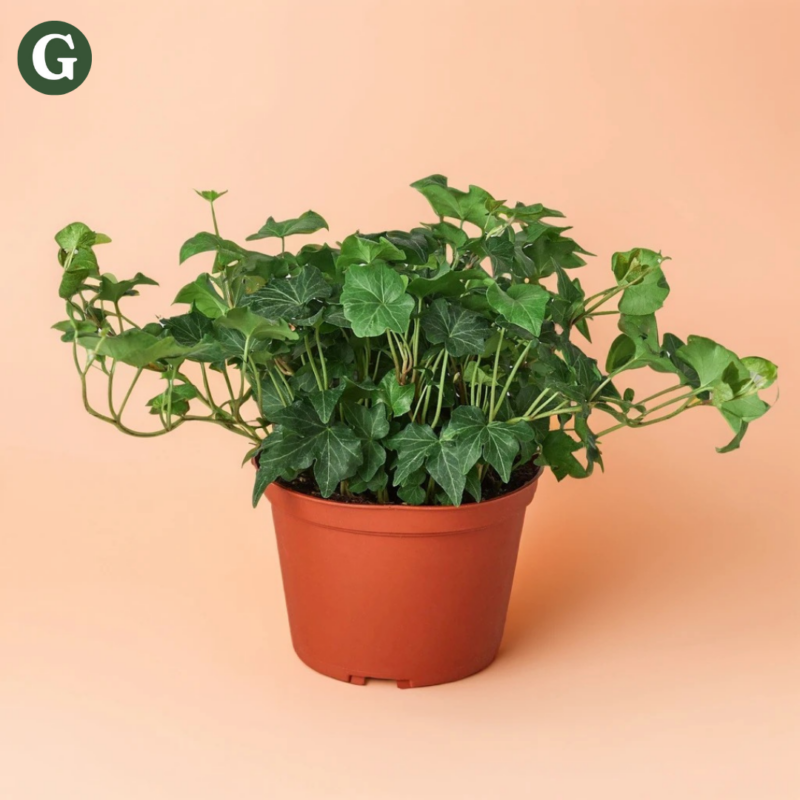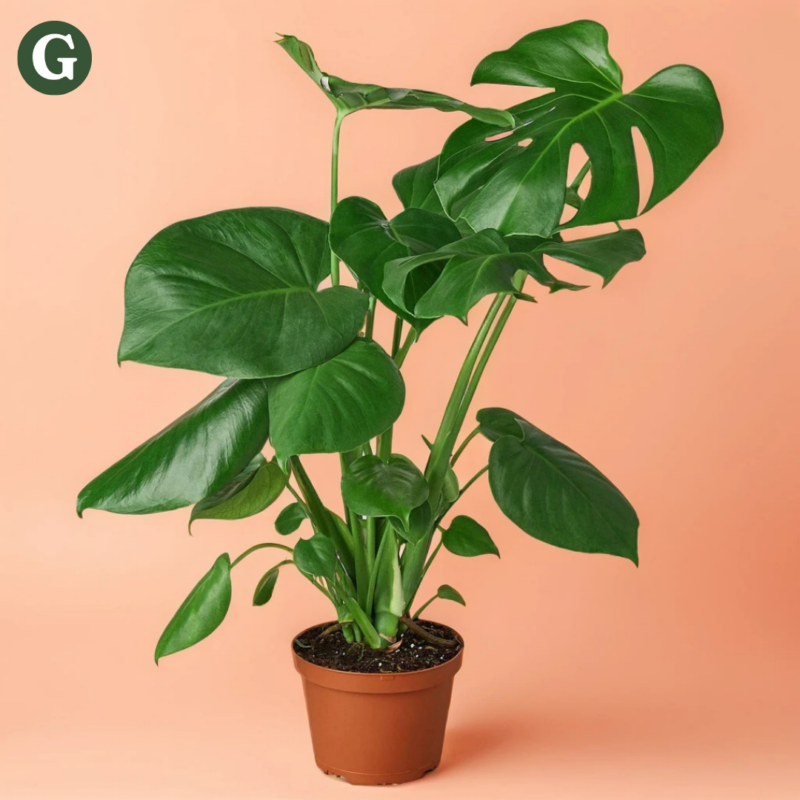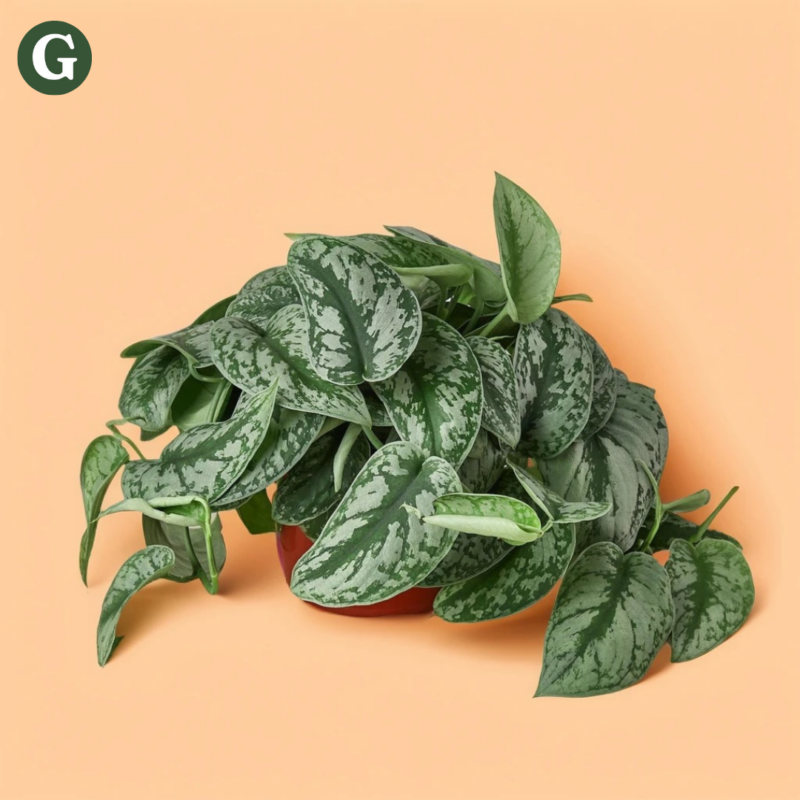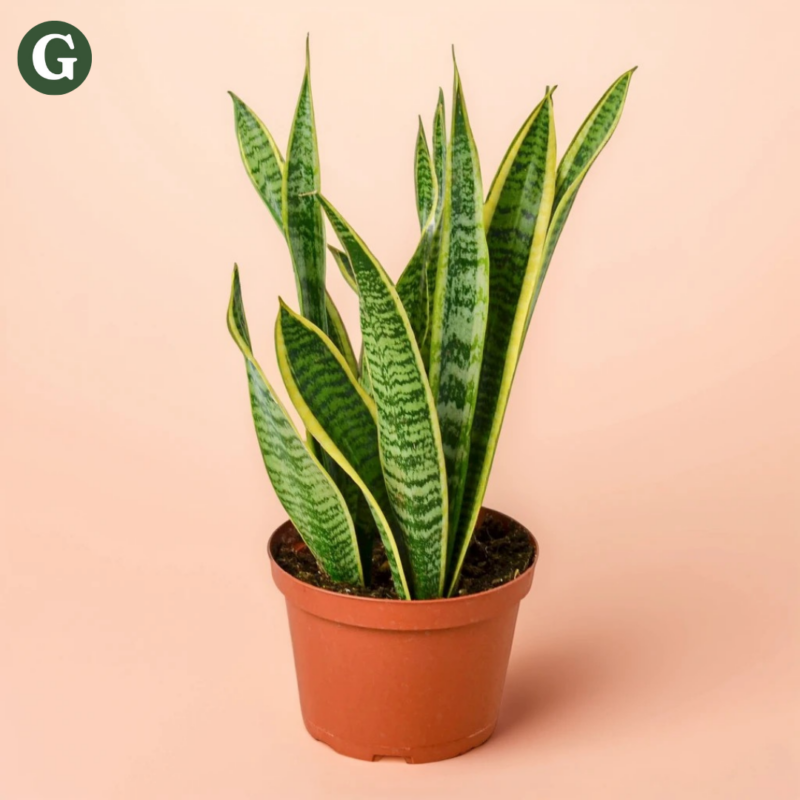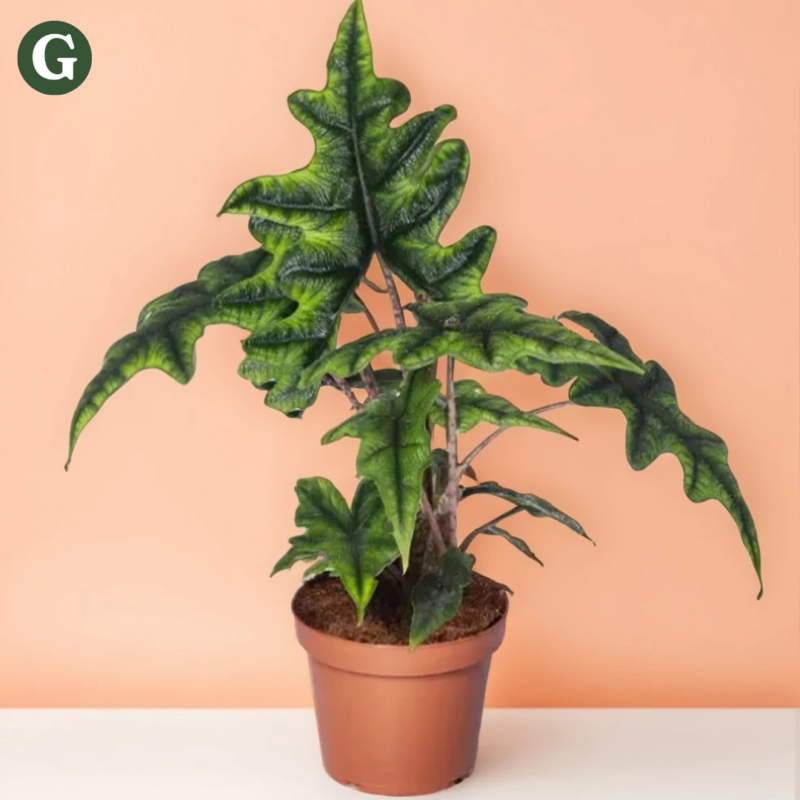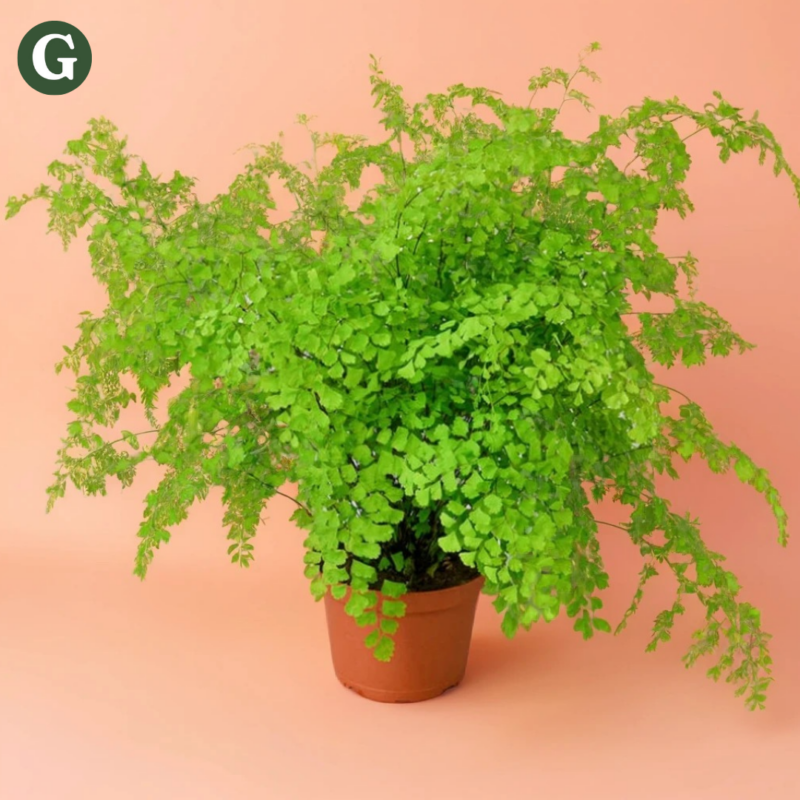Maranta Leuconeura
Botanical Name: Maranta leuconeura
Common Name(s): Prayer Plant, Herringbone Plant
The Maranta leuconeura, commonly known as the Prayer Plant, is beloved for its lush, oval-shaped leaves with intricate patterns of green, dark red, and sometimes hints of purple. Native to the tropical forests of Brazil, this plant typically grows to around 10-12 inches tall, making it ideal for small indoor spaces. The Prayer Plant is named for its unique leaf movement—its leaves fold up at night as if in prayer and reopen during the day.
Prayer Plants thrive in bright, indirect light but can tolerate lower light conditions, though they may grow slower and with less vibrant coloring. They prefer high humidity and consistently moist soil, making them well-suited to bathrooms or areas with added humidity. Regular misting and careful watering are essential, as they do best when the soil is kept damp but not waterlogged.
Note: Maranta leuconeura is non-toxic to pets, making it a safe choice for households with cats, dogs, or other animals. However, it’s always a good idea to keep an eye on pets to prevent any potential nibbling on the leaves.
Care Insights & Expert Tips
- Prayer plant movement: Maranta plants are known for their unique nighttime behavior. As the sun sets, their leaves fold up, resembling hands in prayer.
- Soil preference: Use a well-draining potting mix that retains moisture.
- Leaf Handling: For all Maranta varieties, the leaves are beautiful, but be cautious when handling the plant. The leaves are delicate and can easily bruise or tear.
- Fertilize & avoid pests: Feed your Maranta plant with a balanced liquid fertilizer diluted to half strength every 4-6 weeks and treat with neem oil to prevent infestation by pests, such as spider mites and mealybugs.

Visit our plant care library
Find essential tips to keep your plants thriving, vibrant, and healthy.

